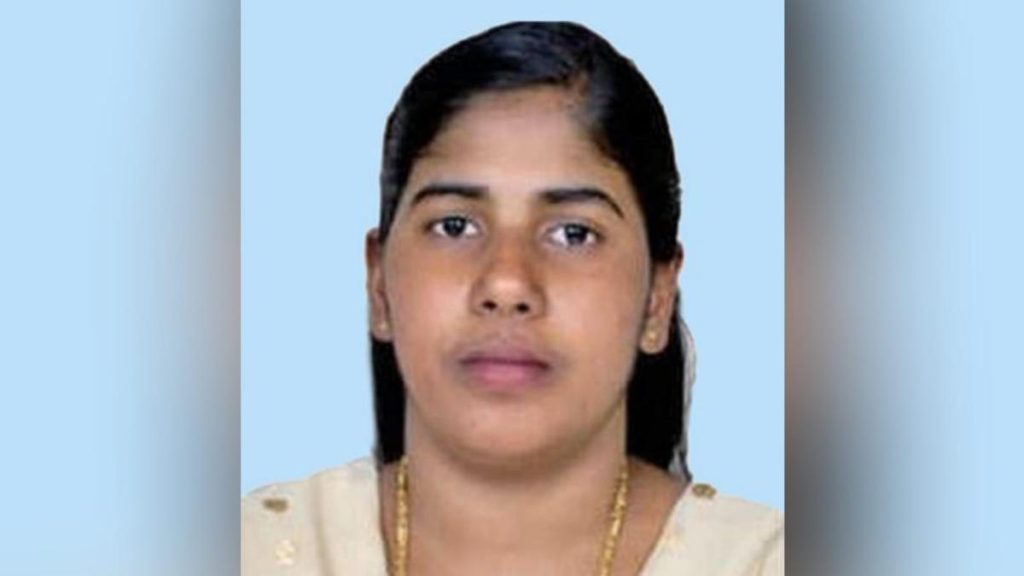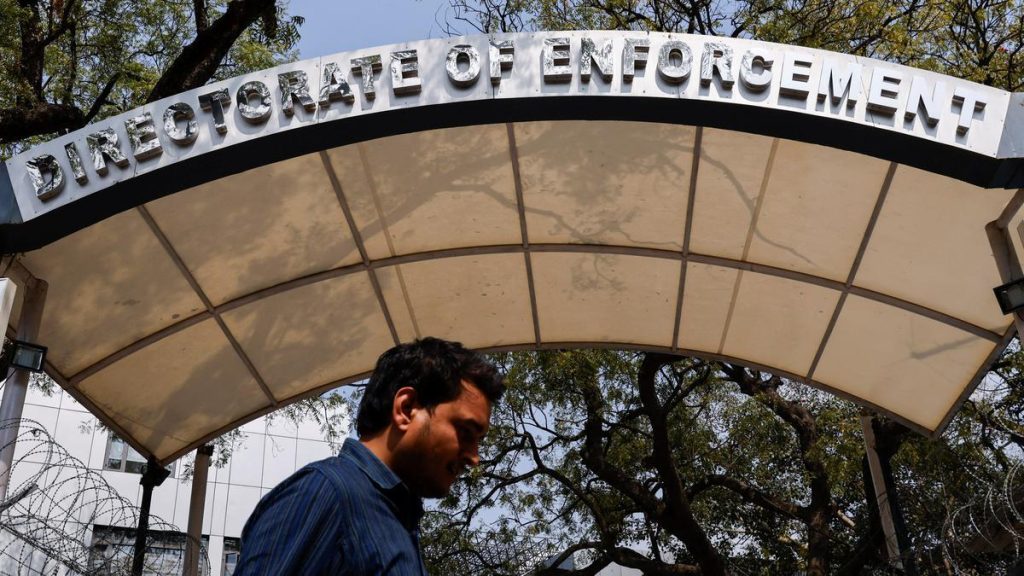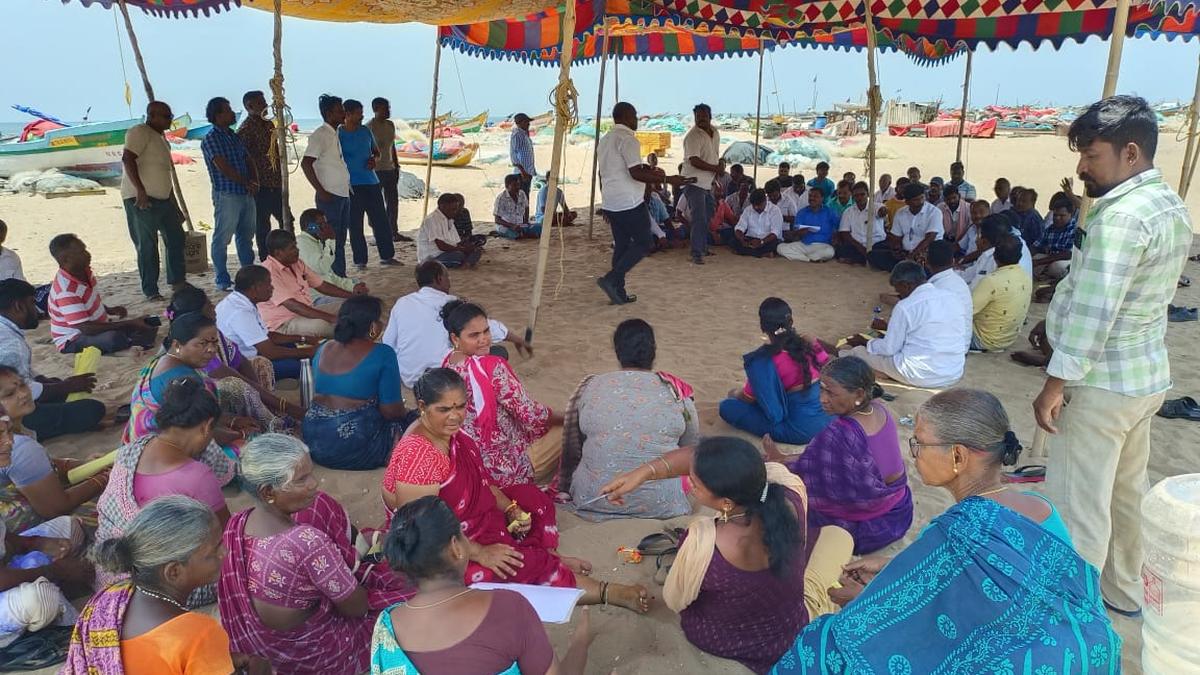Now Reading: Masks Made Mandatory in Mannarkkad Taluk
-
01
Masks Made Mandatory in Mannarkkad Taluk
Masks Made Mandatory in Mannarkkad Taluk

Speedy Summary
- Masks have been made compulsory in Mannarkkad taluk, Palakkad district, Kerala, after three consecutive nipah virus cases were reported.
- District Collector G. Priyanka allowed government employees from containment zones to work from home and is considering granting leave for those unable to do so.
- Online classes will be arranged for students of schools and colleges in containment zones; students from these areas studying elsewhere must also attend online classes.
- Health Minister Veena George stated that 674 individuals are under observation across Kerala:
– Distribution: 426 in Palakkad, 131 in Malappuram, 115 in Kozhikode, one each in Ernakulam and Thrissur districts.
– High-risk categorization: 32 individuals are categorized as highest risk group and 111 as high-risk group.
- Currently, quarantine treatment involves:
– Malappuram: 12 persons
– Palakkad: 17 persons
- The One Health Center for Nipah Research at Kozhikode receives directives for thorough documentation of it’s activities.
- An expert team from the Indian Council of Medical Research (ICMR) visited Malappuram.
Indian Opinion Analysis
Kerala’s quick response to the detection of new Nipah virus cases demonstrates a proactive public health approach aimed at containing the outbreak effectively.The mandatory use of masks and isolation protocols reflects an emphasis on immediate containment strategies while minimizing potential spread among vulnerable groups. Facilitating work-from-home options for government employees shows sensitivity toward safety without halting critical administrative functions.
The decision to shift students’ education online acknowledges local mobility restrictions while maintaining access to learning opportunities-a commendable adaptation given the circumstances. Monitoring efforts involving hundreds under observation highlight considerable investments by authorities into surveillance mechanisms across districts.
With expert involvement from ICMR and documentation mandates for research centers like Kozhikode’s One Health Centre addressing Nipah management directly, Kerala aims not only at problem resolution but also long-term preparedness through structured data collection. This could serve as a model response blueprint should similar outbreaks occur elsewhere.
























